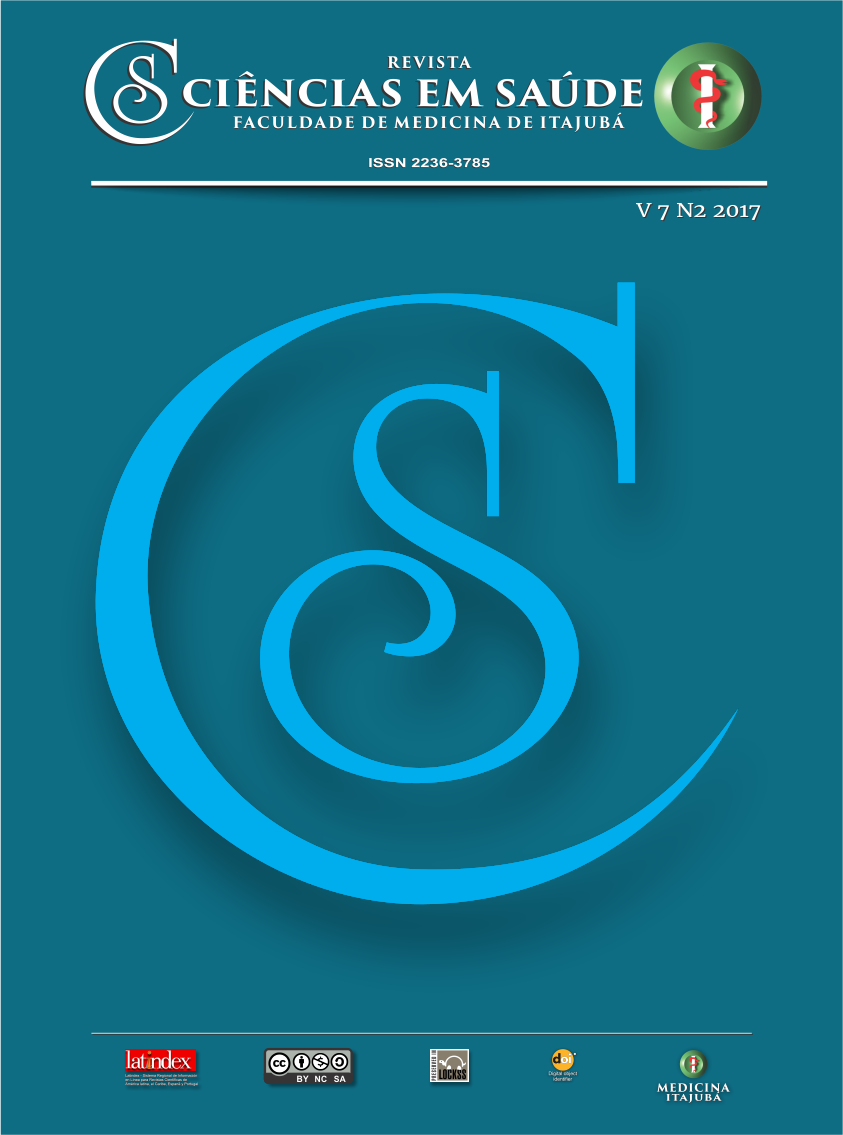Síndrome de down: facilidades, dificuldades e apoio encontrado pelos pais / Down syndrome: facilities, dificulties and support found by parents
Main Article Content
Abstract
Introdução: A síndrome de Down (SD) é um distúrbio genético, devido à presença adicional de um cromossomo 21 nas células de seu portador e que causa um retardo mental de vários graus. Objetivos: Identificar quais as dificuldades e facilidades que os pais tiveram na criação de seus filhos com a SD e conhecer que tipos de apoio os pais dos portadores da SD receberam. Métodos: Pesquisa do tipo qualitativa, descritiva e exploratória. Para a análise e interpretação dos dados utilizou-se a técnica do Discurso do Sujeito Coletivo, que tem como base as Teorias das Representações Sociais. O local do estudo foi na APAE de Itajubá. A amostragem foi por conveniência; a amostra foi inicialmente constituída por 30 participantes que possuem filhos com a SD. No entanto, responderam à pergunta semiestruturada 14 participantes, os demais alegaram não ter interesse e estarem cansados em responder perguntas relacionadas ao tema; assim a amostra constou de 14 participantes. Os instrumentos utilizados na coleta de dados foram dois: um roteiro de entrevista semiestruturada e outro que contempla informações relacionadas à caracterização pessoal e profissional dos participantes do estudo. Resultados: As Ideias Centrais (IC) quanto à questão relacionada às facilidades foram: APAE, amigos, nenhuma e psicóloga. Quanto às dificuldades, foram: não teve, muitas dificuldades, não poder estudar em outra escola e saber até onde iria chegar. Já quanto ao apoio, foram as seguintes: APAE e comunidade. Conclusão: Observou-se que o desenvolvimento da pessoa portadora de SD está fortemente relacionado com a APAE, pois foi a própria APAE que os acolheu e os ajudou a conseguirem o que almejaram.
Palavras-chave: Síndrome de down; Pais; Enfermagem
ABSTRACT
Introduction: The Down Syndrome (DS) is a genetic disorder characterized by the additional presence of the chromosome 21 in the patients´ cells and that causes a spectrum of mental retardation. Aims: To identify which difficulties and facilities parents have in raising their children with DS and know what kind of support the parents of DS patients received. Methods: It is a qualitative, descriptive, and exploratory study. For analysis and interpretation of the data it was used the Collective subject discourse technique, which is based on the Theory of Social Representations. The study site was the APAE of Itajubá. Sampling was purposeful; the sample was initially composed of 30 participants who have children with DS. However, only 14 participants answered the semi-structured questions, for the others claimed to have no interest and were tired of answering questions related to the topic; therefore the sample consisted of 14 participants. The instruments used in data collection were two: one set of semi-structured interview questions and another that included information related to the personal and professional characteristics of the participants. Results: The Central Ideas (CI) regarding the question related to the facilities were: APAE, friends, none, and psychologist. As for the difficulties, they were as following: none, many difficulties, not to study in another school and how far they would go. As for the support, they were: APAE and community. Conclusion: It was observed that the development of the DS carrier person is strongly related to APAE because it is the institution that welcomed them and helped them get what they longed for.
Keywords: Down syndrome; Parents; Nursing
Article Details
Authors maintain copyright and grant the HSJ the right to first publication. From 2024, the publications wiil be licensed under Attribution 4.0 International 
 , allowing their sharing, recognizing the authorship and initial publication in this journal.
, allowing their sharing, recognizing the authorship and initial publication in this journal.
Authors are authorized to assume additional contracts separately for the non-exclusive distribution of the version of the work published in this journal (e.g., publishing in an institutional repository or as a book chapter), with acknowledgment of authorship and initial publication in this journal.
Authors are encouraged to publish and distribute their work online (e.g., in institutional repositories or on their personal page) at any point after the editorial process.
Also, the AUTHOR is informed and consents that the HSJ can incorporate his article into existing or future scientific databases and indexers, under the conditions defined by the latter at all times, which will involve, at least, the possibility that the holders of these databases can perform the following actions on the article.

